One of the biggest revelations to come out of the iPhone X announcement was Apple’s brand-new biometric face-scanning technology called Face ID.
For the iPhone X this is a complete replacement of its fingerprint sensor Touch ID which means that if you’re going with Apple’s most advanced iPhone, you’re going all-in on facial recognition.
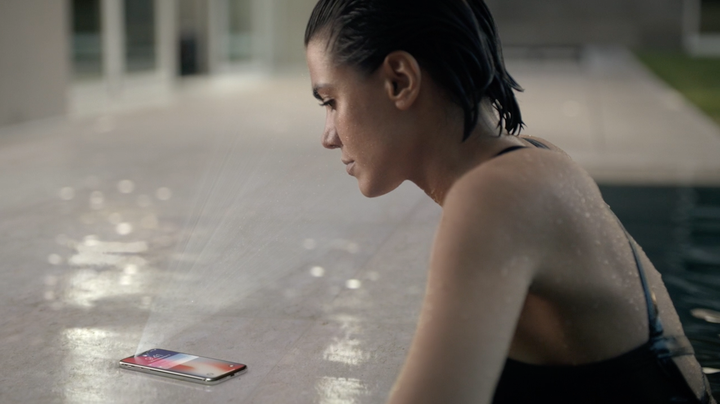
Apple aren’t the first to debut a form of facial recognition, in fact the Google Nexus 5 smartphone back in 2013 had a simplistic form of the technology available that could be fooled by something as simple as a picture of the owner.
Of course we’ve come a long way from then and Apple’s technology is considerably more advanced. Is it more secure than Touch ID? Well in many ways yes, but it comes with some significant caveats, one of which includes if you happen to have an evil twin.
How does Face ID actually work?
Face ID is a facial recognition system that uses a custom array of sensors and cameras on the iPhone X that Apple have called a TrueDepth camera.
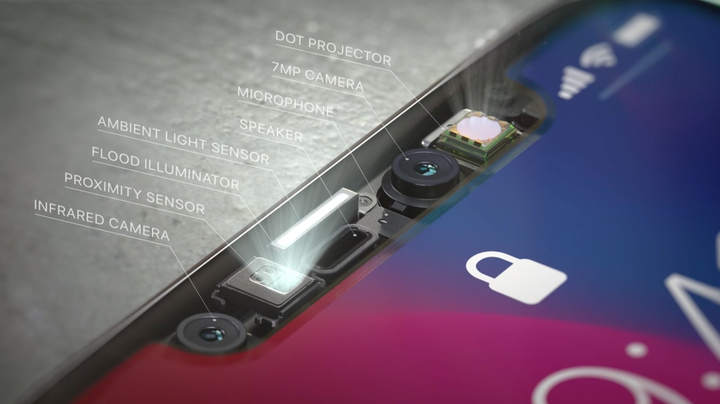
The first thing that happens is that the Dot Projector will shine some 30,000 invisible dots onto your face. A dedicated infrared camera then reads these dots and creates a unique 3D map of your face.
It works both during the day, at an angle and even in the dark thanks to a Flood Illuminator that lights up your face using infrared light.
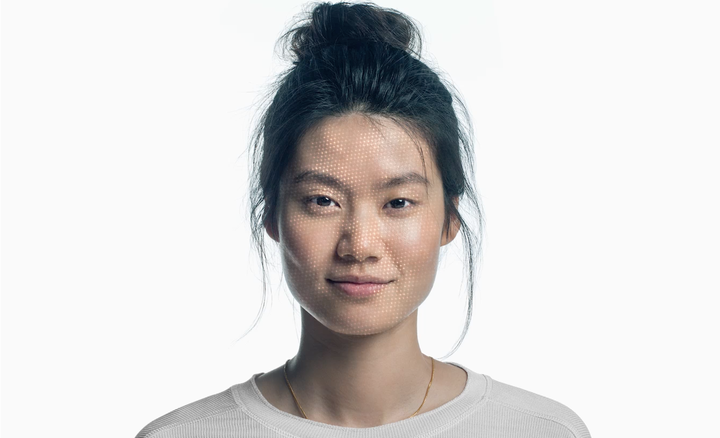
Once the 3D map has been generated it is then stored directly within a secure encrypted enclave located only on your iPhone. This is exactly the same process that takes place with Touch ID so it’s as secure in that respect as Apple’s fingerprint technology.
What If I Wear Glasses? Or Grow A Beard?
Now what makes Face ID impressive is that it will work even if your face changes. According to Apple the iPhone X’s A11 Bionic chip uses a AI-based technique called machine learning to actually learn and adapt to changes in your face.
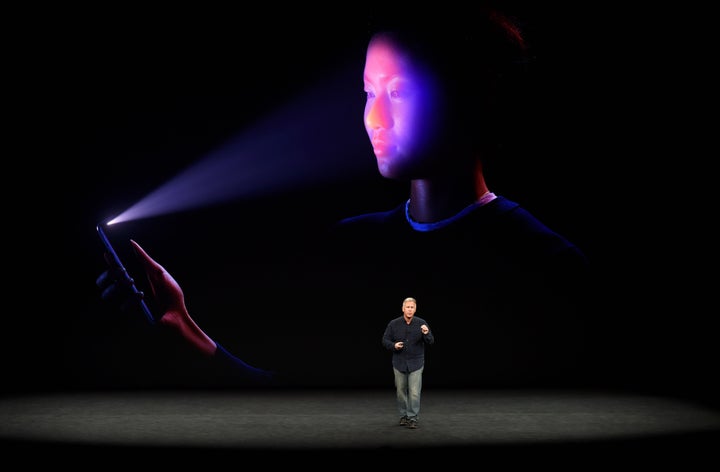
That means it should work even if you wear glasses, grow a beard, wear a hat or even have a scarf covering of obscuring your face. It’s hard to know more on the specifics and limitations of this however until we actually test it ourselves.
Is Face ID More Secure Than Touch ID?
The simple answer is yes. The more complex answer is yes, but not for everyone.
According to Apple there is a 1/50,000 chance of someone being able to fool your Touch ID fingerprint sensor through similarities in the print or some other glitch.
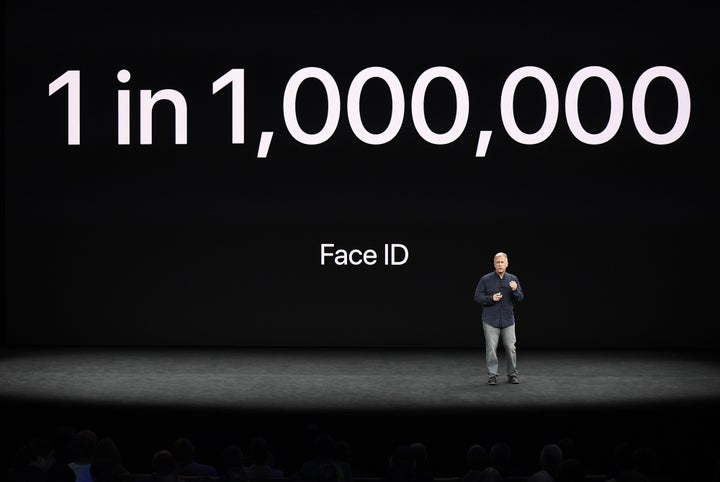
With Face ID there is a 1/1,000,000 chance of someone being able to unlock your phone with their face. That’s orders of magnitude higher.
Of course this is where those caveats do come into play. If you have an evil twin, you’re in trouble. Apple is, in fairness, being completely up front about this by saying that it will recognise identical twins as the other, and so recommends that you use a six-digit passcode as well for added security.
It should also be important to note that neither Touch ID or Face ID should ever be considered an utterly foolproof security system.
Security researchers have long advised that the most secure form of protection for your smartphone is a long, complex passcode of at least six digits in length.
Apple in fact showed its support for this when it introduced the mandatory use of a six-digit passcode and required its use when you restart your phone or turn it on after having turned it off.
